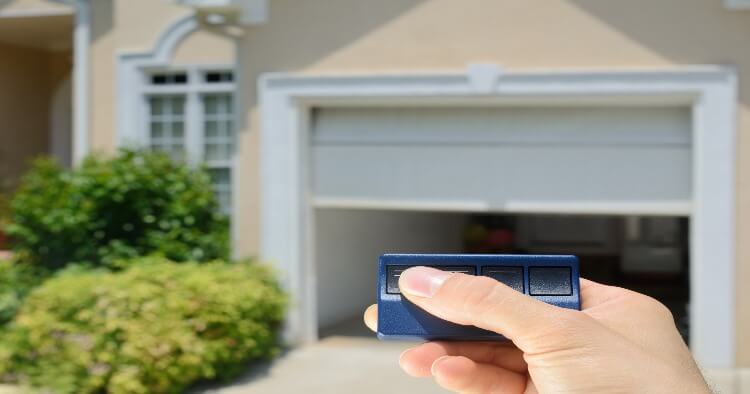Everything you need to know about Gutters

One of my least favorite home maintenance chores is dealing with the gutter spouts, ladders and all the other tools involved in cleaning gutter systems. (Not to mention my fear of heights. And TBH, sticking my hands into decomposing, mucky leaves is not my idea of a fun weekend. Hubbie to the rescue!)
But it’s a fact, cleaning your gutters is absolutely essential to home maintenance. So let's go over everything you need to know about seasonal rain gutter management:
Gutters 101
The rain that comes down in any storm would damage the structure of your roof pretty fast if not for the gutters affixed to the roof and siding of your house. With a solid set of gutters, much of the precipitation is caught in troughs mounted along the perimeter of the roof and flows into metal pipes - a.k.a. downspouts - that guide rainwater to pour out onto the ground.
All things being equal, cleaning the gutters is a pretty simple process – unless the gutters are clogged. With a clog, the water saturates whatever is blocking the troughs along the roof line (usually leaves.) But sometimes, other debris from trees or blown around by the wind can’t fit in gutter downspouts – hence causing the backup.
Hazards of clogged gutters
Rainwater that isn't channeled away from the gutters may not cause immediate problems, but before long, evidence of damage will surface. Here are some of the biggest dangers, as noted by the experts at BobVila.com:
-
Mold and mildew:
If any parts of your home are made of wood - windowsills, doorjambs and so on - rainwater that isn't guided away by gutters will damage them quickly. It can seep into parts of the house's foundation and interior, causing mold and mildew build up and bringing about an unpleasant smell and sometimes rot.
-
Insect issues:
Many insects are attracted to moisture, especially mosquitoes. Clogged gutters provide a good environment for them to nest and breed in. (EIW. GROSS.) More significantly, damp areas like this attract termites and carpenter ants that can start feasting on the structure of your home.
-
Slippage:
If your gutters aren't cleared by winter, water can overflow from them and freeze when it pools on the ground below. This can cause an injury hazard on your driveway or other walkways surrounding the house.
Learn More About Home Repair Plans Near You
Properly maintaining gutter systems
The best time to clean the gutters is near the end of autumn and the beginning of spring. These are the times when leaves and other debris will have accumulated in gutter troughs to the greatest degree, and if you delay without cleaning, damage can occur to your home. To avoid that happening, check out these tips:
- The tried-and-true method of gutter clearing is getting up on a ladder with a bucket and work gloves and manually brushing debris out of the trough. You can also use a tool like a trowel, rake or cultivator to speed things up a bit.
- Some people use leaf blowers or shop vacuums. This can certainly work, but one needs to be extremely careful when using these tools on a ladder.
- This Old House notes that you can buy gutter protectors that connect to the roof underneath the shingles and help keep some leaves out, thereby limiting clogging risks.
Being prepared before home repair issues arise is always a smart move. Learn how home repair plans from HomeServe can help you the costs of covered repairs.



